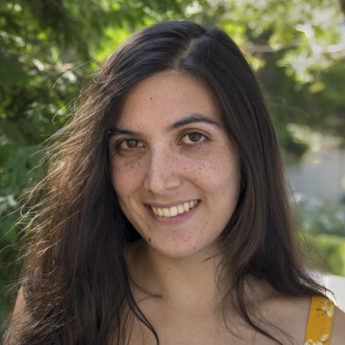Background
I grew up with a little too much Asimov on my shelf, and that has influenced every project I have chosen as an adult, from jaunts in statistical mechanics to the tense AI/neuroscience border where I now reside.
Before starting my doctoral studies in neuroscience at Berkeley, I studied physics at the beach (i.e., UC Santa Barbara). There, I worked as an undergraduate researcher on analysis of astronomical data and signal processing for detector arrays in the Mazin lab. I will always have a soft spot for all matters relating to astronomy, complex analysis, general relativity, binary systems, and SETI.
As a senior and post-grad, I also worked in infrared video signal processing algorithms and data analytics at FLIR Systems. Among other things, I learned many ways to NOT use a screwdriver, and various methods for breaking camera lenses. A few of my long-term projects involved developing calibration models for cameras with temperature-dependent dark current, applying machine learning to manufacturing data, and developing and testing signal processing algorithms for infrared cameras.
Outside of the lab, I spend my time dancing Argentine tango, reading books to stay well-supplied with fresh bad ideas, getting more paint on my face than my sketchbook, having long discussions about terrible movies, and making fresh pasta.

